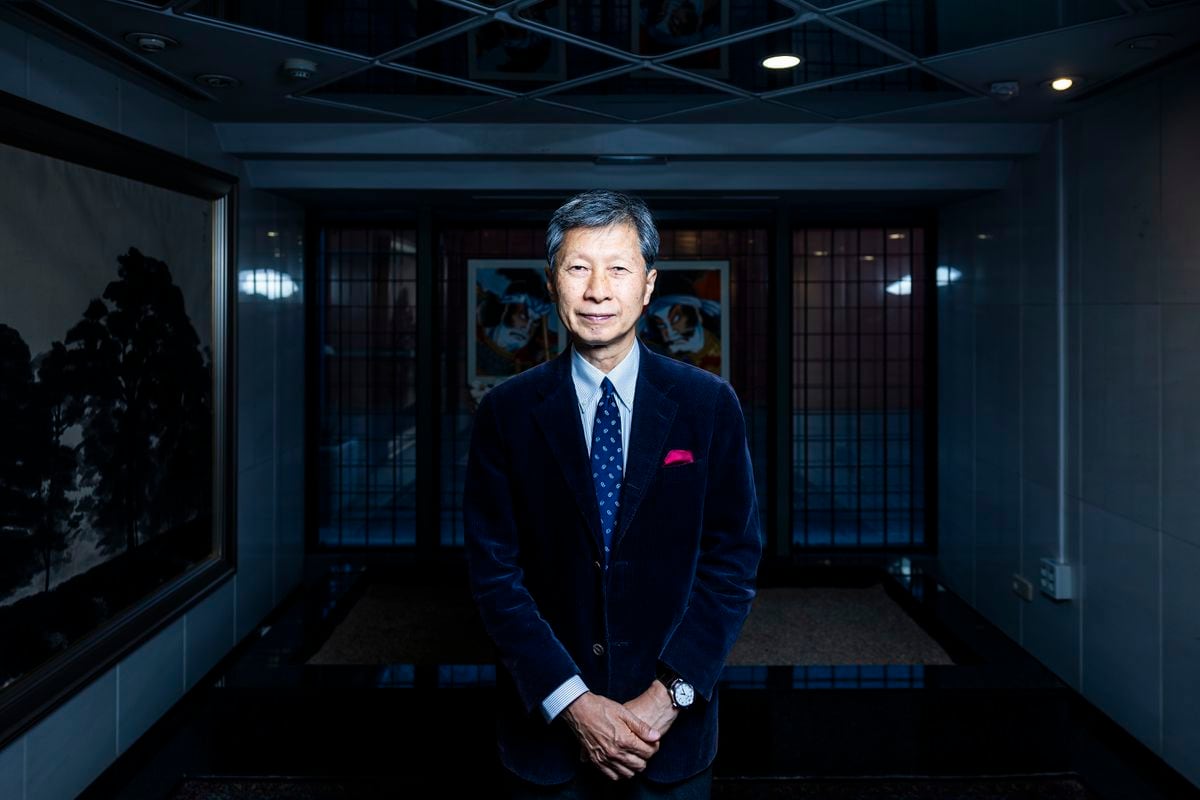China escalates tension with Taiwan with warplanes 2:38
(CNN Spanish) -
In recent years, tensions between the United States and China, the world's two main economic powers, have been growing and an island has become the recurring symbol of this rivalry: Taiwan.
In June, a group of US senators flew to Taiwan in a military plane to announce a major donation of covid-19 vaccines, and the trip was seen by Beijing as the latest in a series of provocations.
In October, meanwhile, about 150 Chinese warplanes flew near Taiwan's airspace in the largest sortie to date, according to the Taiwanese Ministry of National Defense.
China could be ready to mount a "large-scale" invasion of Taiwan by 2025, warns the island's defense minister
The tensions are merely a reminder of the long decades of hostility between the governments in Beijing and Taipei, with both sides historically claiming to be the rightful rulers of all of China's territories, including Taiwan.
Taiwan's official name, ROC, dates back to its founding in 1911 after the collapse of China's last imperial dynasty.
advertising
The nationalist government
Under the government of the Nationalist Party, or Kuomintang (KMT), led by Chiang Kai-shek, the ROC faced in the early 1930s and then during World War II the advances of the Empire of Japan, as well as also to the growing power of the Chinese communists led by Mao Zedong.
The leader of the Kuomintang, Chiang Kai-shek, in Taiwan in the 1950s (Credit Central Press / Hulton Archive / Getty Images)
In 1945, after the Japanese defeat, the ROC regained the island of Taiwan, which China had lost in a previous war with the Japanese.
But four years later, in 1949, the Kuomintang was defeated in a bloody civil war on the continent by the army of the Communist Party.
That same year Mao founded the People's Republic of China, with its capital in Beijing.
About 1.2 million Chinese, mainly military, accompanied the Chiang Kai-Shek government in its exodus to Taiwan, according to estimates made by the Taiwanese authorities, and after defeating a brief incursion of communist troops on the island. they managed to settle there.
Instead, Mao's forces expanded their control into mainland China, and since then they regard Taiwan as a renegade province and an “inalienable part” that will eventually return to Beijing's control.
Regional dispute, global tension
Separated by narrow, opposing ideological positions and historical conflict, the two Chinas - the People's Republic of China and the ROC - have coexisted since then amidst tensions, despite sharing traditions, culture and a common language, the Mandarin Chinese.
Chinese President Mao Zedong shakes hands with US President Richard Nixon after a historic meeting in Beijing in February 1972 in the context of the Cold War.
(Credit: AFP / Getty Images)
This tension between Beijing and Taipei has always been linked to the also difficult relationship between Beijing and Washington.
The United States government, an ally of the Kuomintang during World War II, did not initially recognize the legitimacy of the Communist government in mainland China.
On the contrary, he continued to give his political support to Taipei.
The UN member countries, however, recognized in 1971 the legitimacy of the People's Republic, including its permanent seat on the Security Council, which until then held Taipei.
On the other hand, the rapprochement between China and the United States that began in the early 1970s and in the midst of the Cold War led to the establishment of formal diplomatic relations between Washington and Beijing in 1979, and the transfer of the American embassy from Taipei to Beijing.
China could use military force to control Taiwan 1:57
But far from signifying a break in the relationship with Taiwan, the US has maintained strong commercial and military ties with the island, which it considers a key ally in the region, within the framework of a “strategic ambiguity”.
This includes Washington's commitment to help Taiwan, a democratically governed island of more than 23 million people, defend itself against a possible invasion of the Communists in China.
"One Chinese"
Representatives from mainland China and Taiwan maintained a rapprochement in the early 1990s, capped off by the 1992 summit in Hong Kong, then still under UK control.
Beijing and the pro-reunification parties in Taiwan assure that during that meeting there was an agreement regarding the principle of "one China", that is to say that both parties recognize the existence of a single country that must be reunified.
President Tsai Ing-wen during a rally on Wednesday, January 8, 2020, in Taoyuan, Taiwan, ahead of the presidential elections.
But they disagreed on who is the legitimate authority to do so and even on the scope of that "1992 consensus," today even rejected by the president of Taiwan, Tsai Ing-wen, whose party traditionally defends the island's formal independence.
"There is only one China and the government of the People's Republic is the only legitimate one and Taiwan is part of China," notes the Foreign Ministry in Beijing.
In Taiwan the official position is more ambiguous on reunification, and the island's governments have sought to maintain the status quo.
But the Kuomintang and other reunification forces also insist that the ROC is the legitimate government of the entire territory.
China Taiwan







